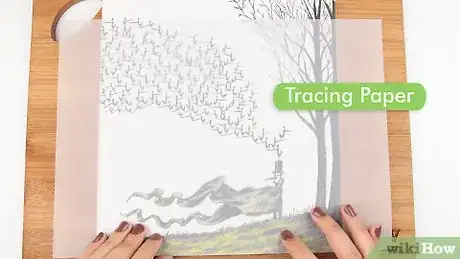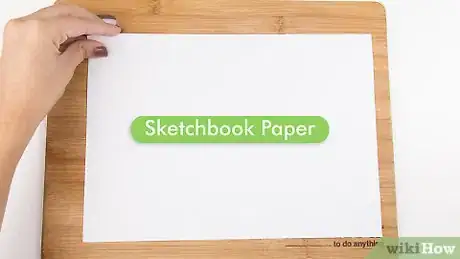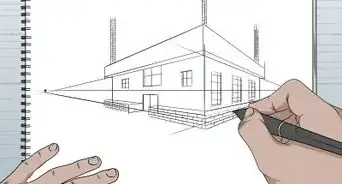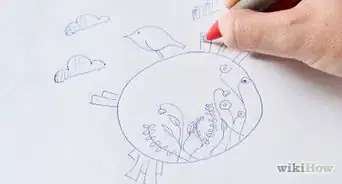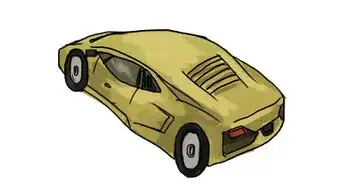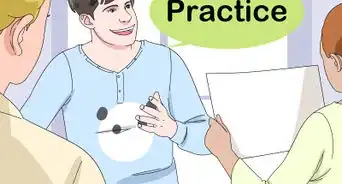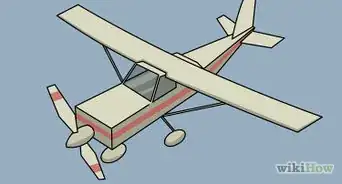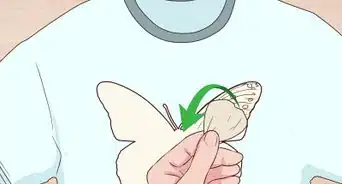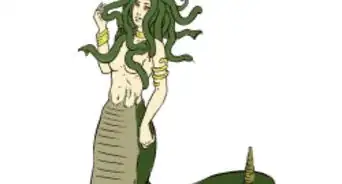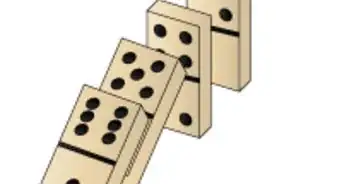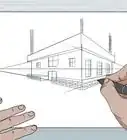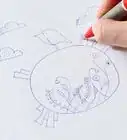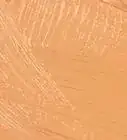This article was co-authored by Kathy Leader and by wikiHow staff writer, Kyle Hall. Kathy Leader is an Artist and the Owner of The Art Process. With more than 36 years of art education experience, she specializes in providing mixed media art workshops for individuals and groups. In addition, she works with businesses and organizations to build morale, encourage creative problem solving, and find de-stressing tools. Kathy holds a BFA in Art Education from The University of Cape Town.
There are 7 references cited in this article, which can be found at the bottom of the page.
wikiHow marks an article as reader-approved once it receives enough positive feedback. In this case, 85% of readers who voted found the article helpful, earning it our reader-approved status.
This article has been viewed 467,931 times.
Tracing paper is a semi-transparent paper you can use to trace an image or drawing. Once you've traced an image onto tracing paper, you can easily transfer it to another piece of paper or even a canvas. Just make sure you're using a graphite pencil so your drawing shows up clearly when you transfer it!
Things You Should Know
- Secure the tracing paper to the drawing or image with tape so the paper doesn't shift.
- Outline the drawing or image on the tracing paper with a graphite pencil. Focus on transferring the lines rather than the shading.
- Layer the tracing over a new sheet of paper. Draw over the tracing with a lot of pressure to transfer the sketch to the blank paper.
- Draw over the indented lines on the new sheet of paper to complete the tracing.
Steps
Tracing Your Drawing
-
1
-
2Use masking tape to hold the tracing paper in place. Fold the edges of the tracing paper over the edges of the paper the original drawing or image is on and tape them down. If the tracing paper is smaller than the piece of paper you’re tracing over, tape the corners of the tracing paper to the front of the other paper.[3]Advertisement
-
3Trace the original image onto the tracing paper with a graphite pencil.[4] Don’t use a pen, marker, or colored pencil or you won’t be able to transfer your traced image onto another sheet of paper. Carefully follow the lines of the original image with the pencil. Don’t worry about tracing the shading in the original image. Just focus on getting all the lines from the original image onto the tracing paper.[5]
- If the tracing paper slips out of place as you’re working, line it back up using the lines you’ve already traced.
- Erase mistakes with an eraser, but be gentle so you don't tear the tracing paper.
-
4Remove the tracing paper.[6] Peel off the tape that was holding the tracing paper in place, and set the sheet of tracing paper next to the original image. Look at the two side by side. They should look identical (except for any shading and coloring). If you notice you missed a spot, place the tracing paper back over the original drawing and trace over the line you missed.
Transferring Your Drawing
-
1Find something you want to transfer your traced drawing onto. Use a sheet of sketchbook paper, watercolor paper, a canvas, or any other medium that pencil will show up on. Make sure you’re transferring the traced drawing onto something that’s light-colored so the pencil shows up.
-
2Tape your traced drawing face down on your new medium. Use masking tape or office tape. Position the tracing paper so the traced drawing is lined up with the spot you want it to transfer onto. The side of the tracing paper you drew on should be facing down.[7]
-
3Rub the back of the traced drawing to transfer it onto the medium below.[8] Use your pencil, the end of a marker, or another hard object. Apply pressure as you rub over all of the lines in your traced drawing. The pressure will cause the graphite on the other side of the tracing paper to transfer onto the medium below it.[9]
-
4
-
5Finish your transferred drawing. Go over the lines with the pencil so they're more defined. When you're finished, you can leave it as is or enhance your drawing with ink, colored pencil, or paint.
Community Q&A
-
QuestionHow do I transfer my image from the tracing paper to another paper without the image ending up backwards?
 Community AnswerFlip your tracing over and cover the drawing area part of it with a layer of graphite. Use an HB pencil. Then flip your tracing over and position it on your drawing paper. Put a second piece of tracing paper over the first piece, so that you can clearly see your first trace and retrace the drawing. Use a sharp H or 2H pencil. Use medium pressure. The result will be a transfer image of your original tracing onto the drawing paper, a mirror image.
Community AnswerFlip your tracing over and cover the drawing area part of it with a layer of graphite. Use an HB pencil. Then flip your tracing over and position it on your drawing paper. Put a second piece of tracing paper over the first piece, so that you can clearly see your first trace and retrace the drawing. Use a sharp H or 2H pencil. Use medium pressure. The result will be a transfer image of your original tracing onto the drawing paper, a mirror image. -
QuestionIs a mechanical pencil acceptable to use? Or is a graphite pencil strictly required?
 Community AnswerMechanical pencils are graphite pencils. Most pencils are HB, your mechanical pencil likely is too.
Community AnswerMechanical pencils are graphite pencils. Most pencils are HB, your mechanical pencil likely is too. -
QuestionHow can I trace something onto a waterproof page?
 Community AnswerYou can trace by putting the image you want under the waterproof page and tracing it. If you can't see your image, put the image and waterproof paper on a light source.
Community AnswerYou can trace by putting the image you want under the waterproof page and tracing it. If you can't see your image, put the image and waterproof paper on a light source.
Things You’ll Need
- Graphite pencil
- Tracing paper
- Masking tape
References
- ↑ Kathy Leader. Artist. Expert Interview. 13 February 2022.
- ↑ https://www.youtube.com/watch?v=RMEHnupm2no&feature=youtu.be&t=84
- ↑ https://www.youtube.com/watch?v=diSM-Cph_Hs&feature=youtu.be&t=1
- ↑ Kathy Leader. Artist. Expert Interview. 13 February 2022.
- ↑ https://expeditionaryart.com/blog/2015/03/transferring-images/
- ↑ Kathy Leader. Artist. Expert Interview. 13 February 2022.
- ↑ https://www.youtube.com/watch?v=YMgWQXOPFAE&feature=youtu.be&t=76
- ↑ Kathy Leader. Artist. Expert Interview. 13 February 2022.
- ↑ https://www.youtube.com/watch?v=YMgWQXOPFAE&feature=youtu.be&t=118
- ↑ Kathy Leader. Artist. Expert Interview. 13 February 2022.
- ↑ https://www.youtube.com/watch?v=YMgWQXOPFAE&feature=youtu.be&t=178
About This Article
To use tracing paper, start by placing it over a drawing or image you want to trace and taping it down so it stays in place. Then, use a graphite pencil to trace the original drawing onto the tracing paper. When you're finished, remove the tracing paper and tape it face down on your new medium. Next, firmly rub the back of the traced drawing using a pencil, marker, or another hard object. Finally, remove the tracing paper to reveal the transferred drawing on your new medium. For tips on how to trace a drawing correctly, keep reading!
